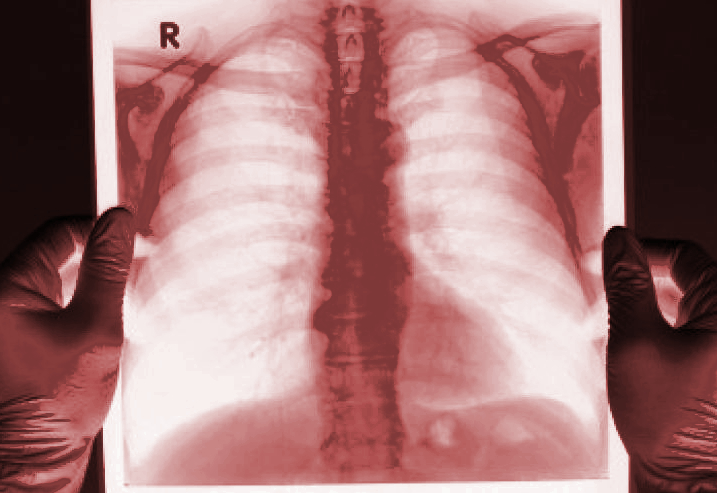Lung cancer algorithm effective
 Australian researchers say they can predict the likelihood of smokers and ex-smokers developing lung cancer using a newly-developed mathematical algorithm.
Australian researchers say they can predict the likelihood of smokers and ex-smokers developing lung cancer using a newly-developed mathematical algorithm.
A new study by Cancer Council NSW found that the tool, which was developed in the USA and Canada, was able to reliably predict lung cancer diagnoses on the basis of a variety of risk factors.
The prediction tool uses a mathematical formula to combine factors such as age, smoking intensity, duration and years quit, as well as additional factors such as body mass index and family history of lung cancer to predict someone’s risk of being diagnosed with lung cancer in the next 6 years.
The study looked at how reliably the risk tool would predict lung cancer outcomes of almost 100,000 Australian current and ex-smokers who are part of the Sax Institute’s 45 and Up Study.
The experts found that in the 55-74 year age group (the age range likely to be targeted for screening), the program was able to correctly predict nearly 70 per cent of all subsequent diagnoses.
“The tool was better at predicting those individuals who would go on to develop lung cancer than the guidelines that are currently being used to identify high risk individuals in the US and Europe,’ said Dr Marianne Weber, Research Fellow at Cancer Council NSW.
“Smoking is the primary factor that puts people at risk for lung cancer: 80 per cent of lung cancers are in people who were smokers. But screening everyone who has ever smoked a cigarette is not feasible and would potentially cause unnecessary testing, costs, and psychological distress,” Dr Weber explained.
“Harms of screening include adverse psychological effects, invasive follow-up testing because of false-positive screens and over-diagnosis, with the potential for people to undergo unnecessary invasive procedures.
“Our study has major implications for the future of lung cancer screening in Australia – it’s the biggest cohort ever analysed with this tool, and the tool’s performance is extremely promising.”
But the efficacy of the tool does not outweigh preventative measures.
“The best way to reduce your risk of lung cancer is – and always will be – to quit smoking and stay quit,” Dr Weber concluded.








 Print
Print